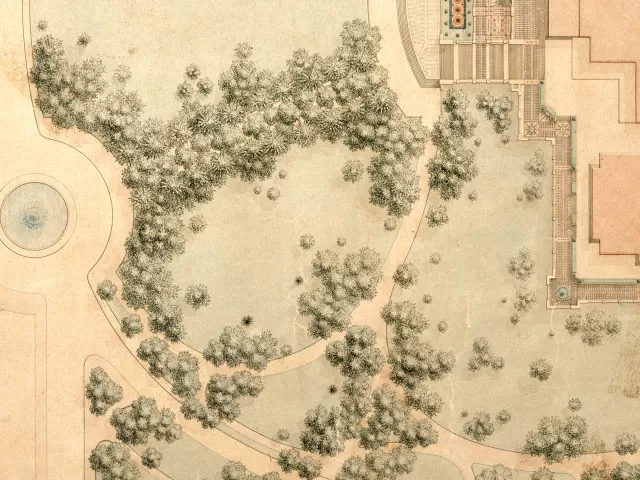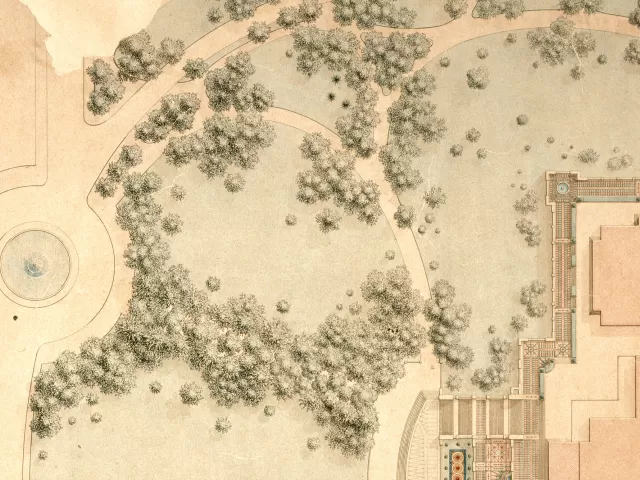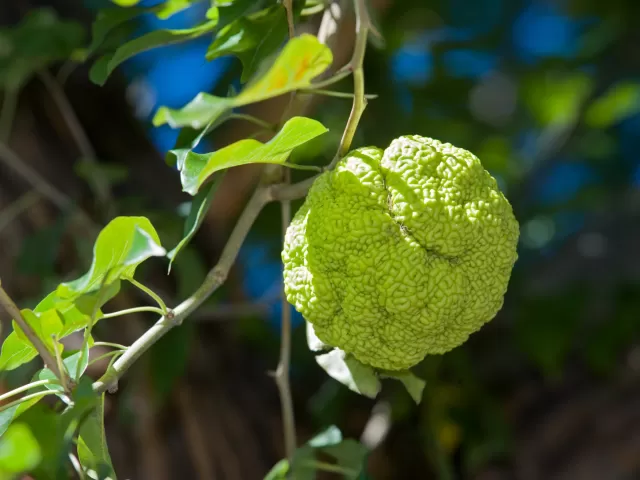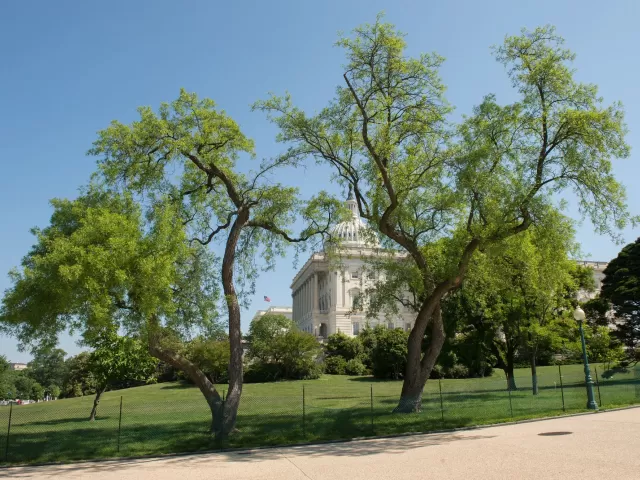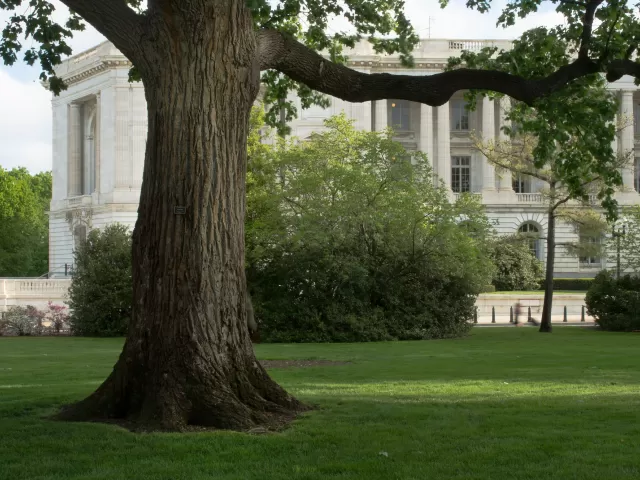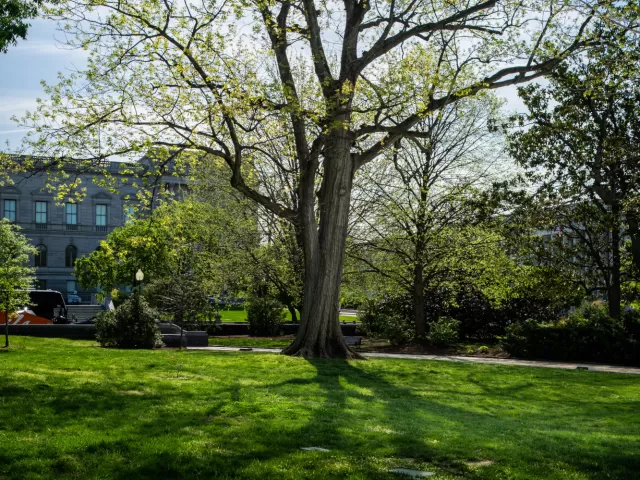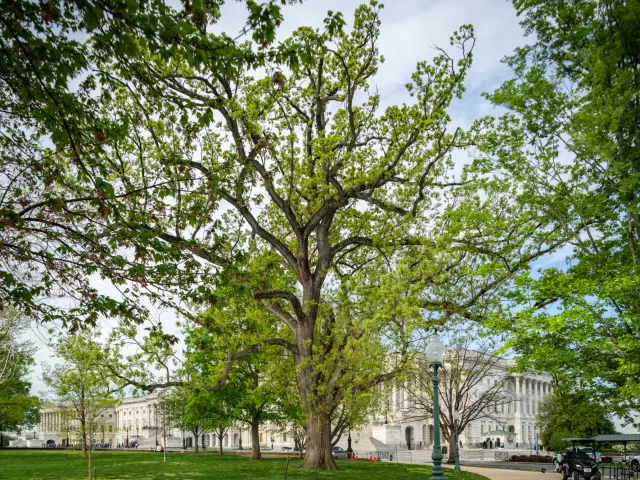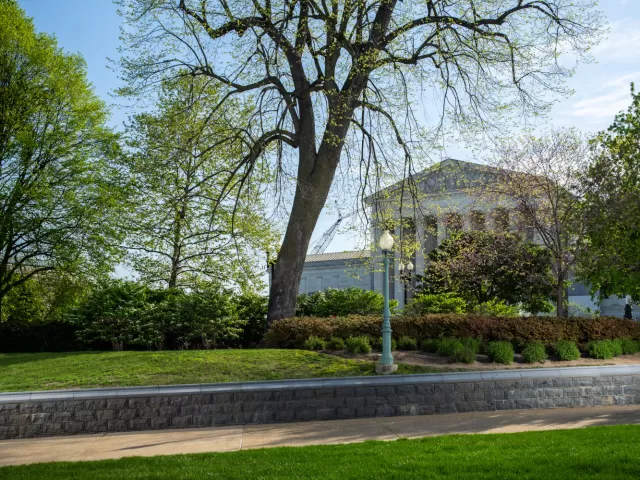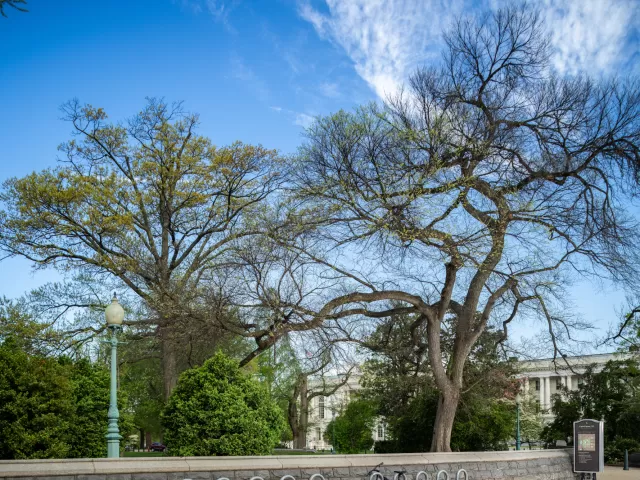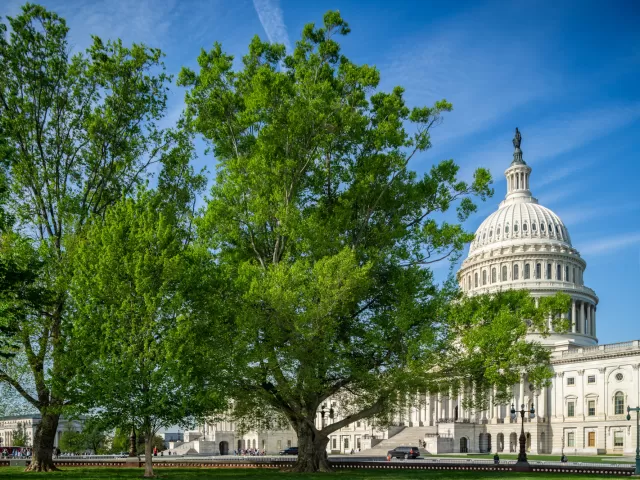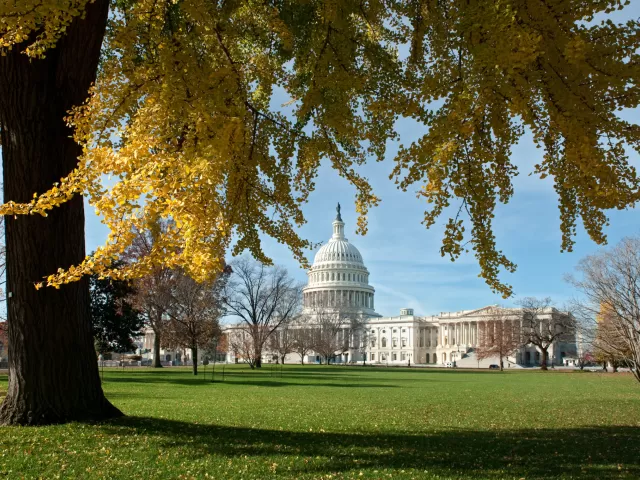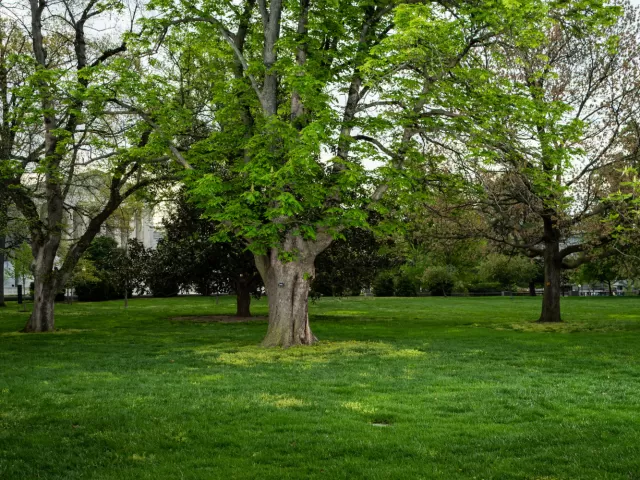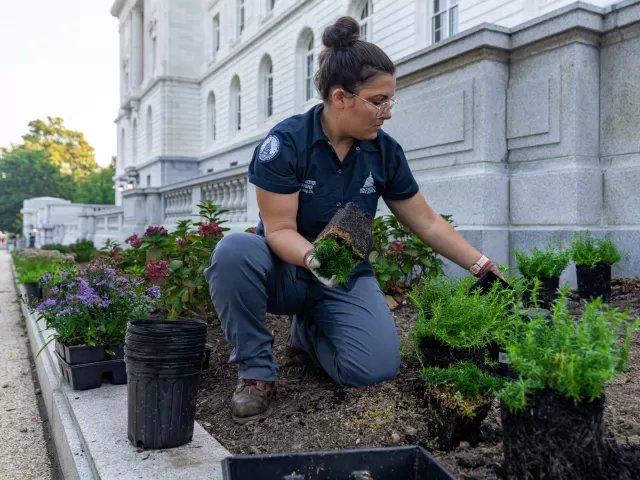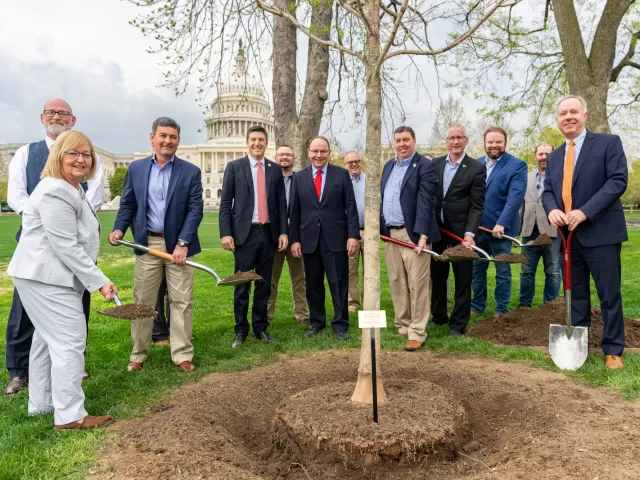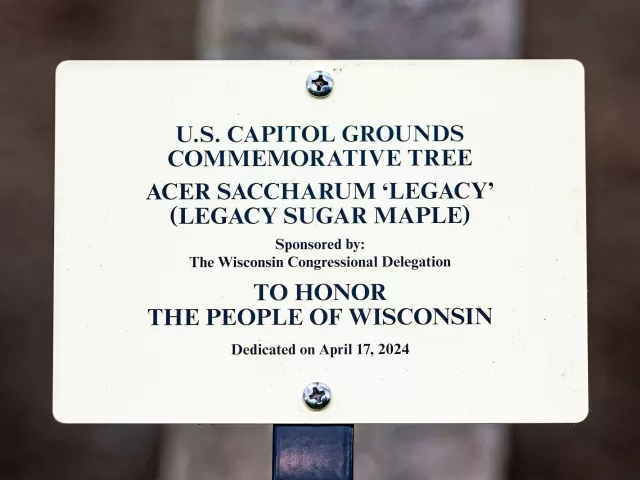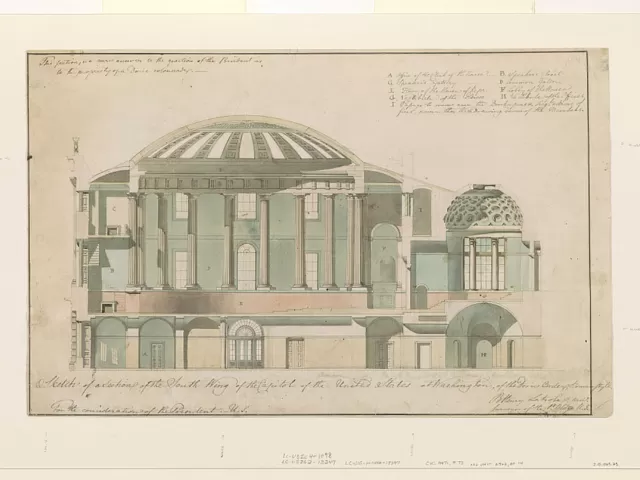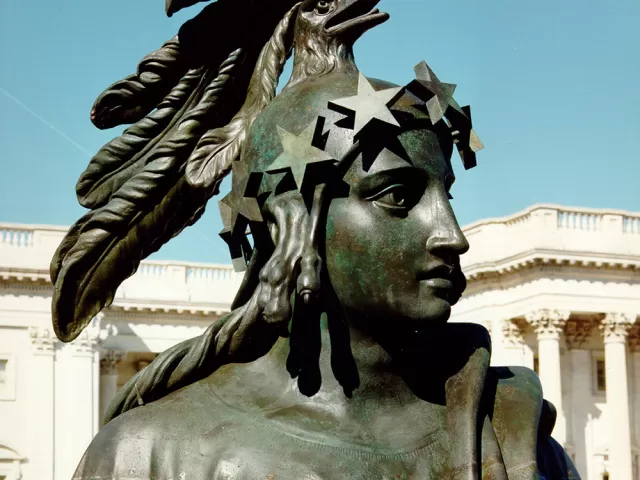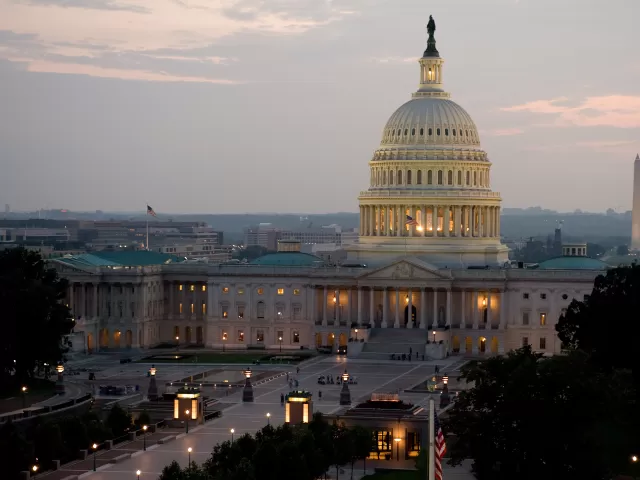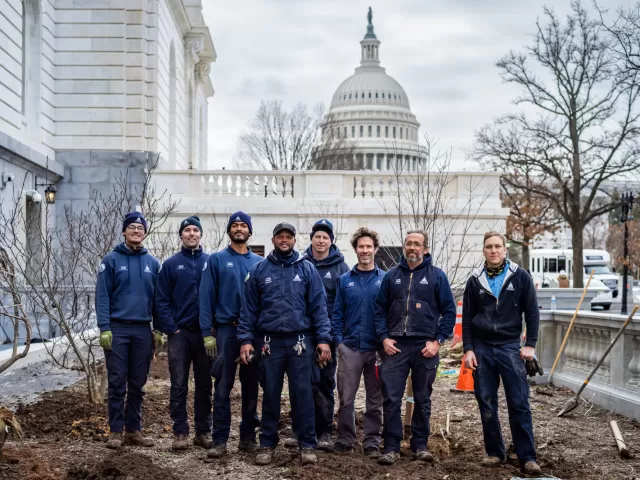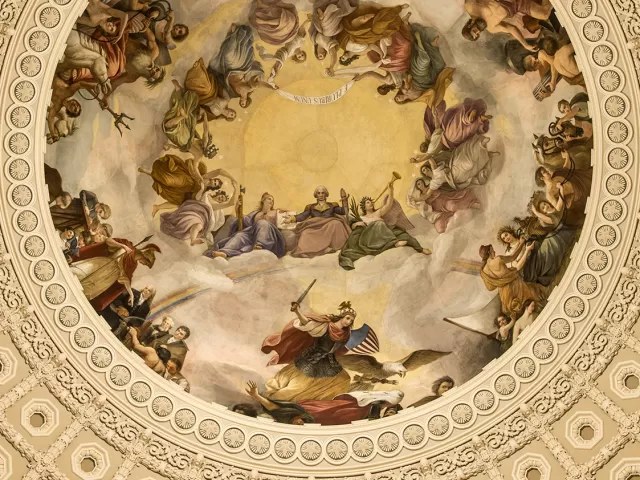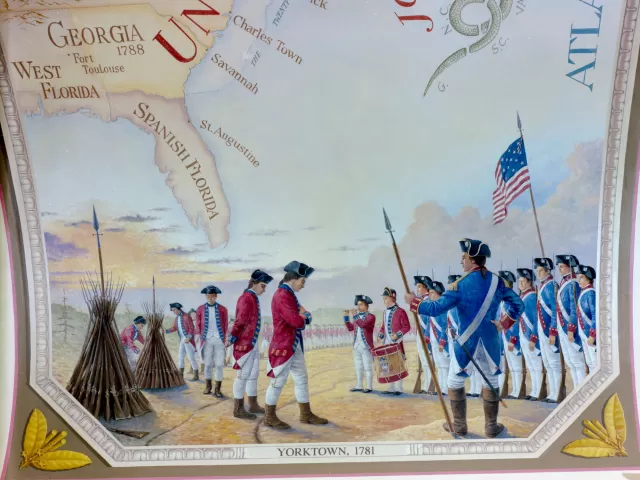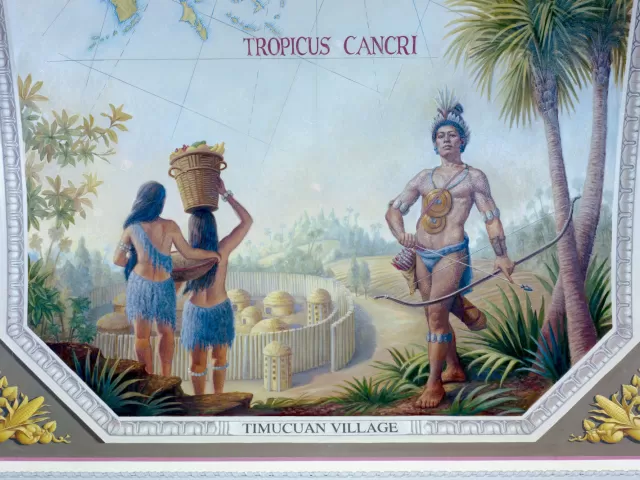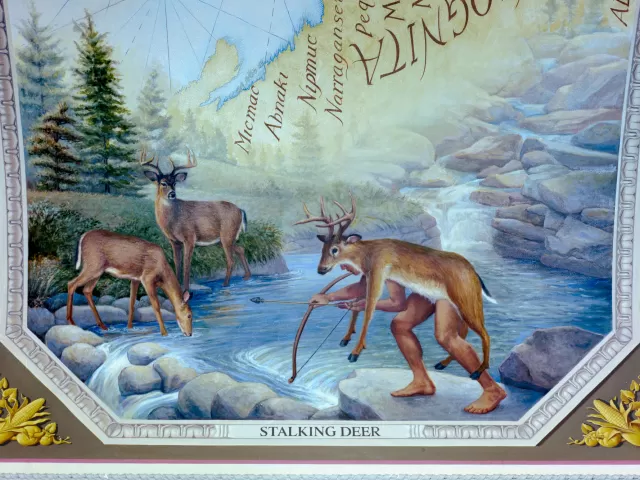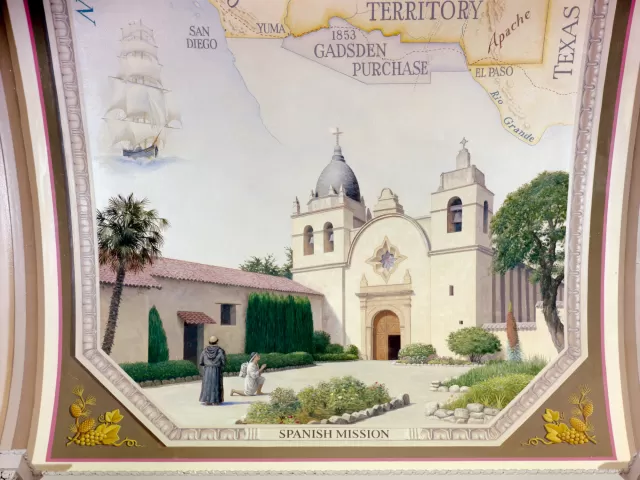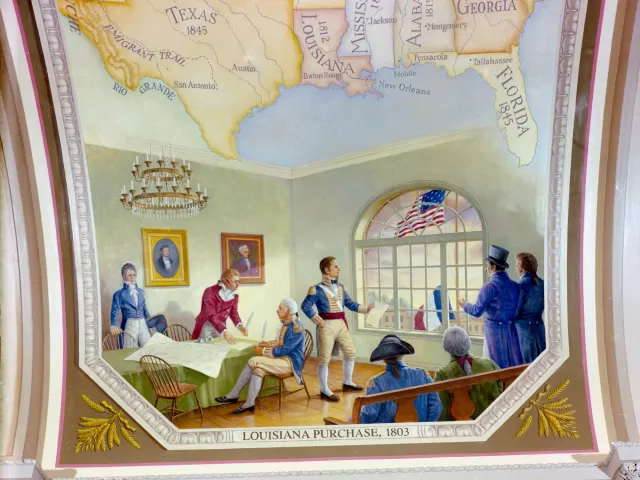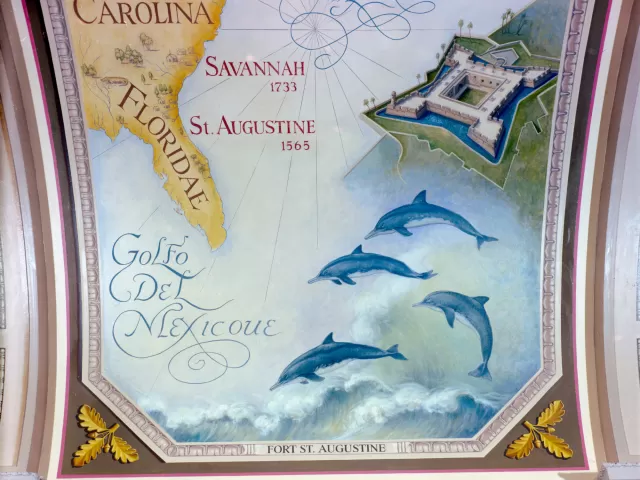Displaying 91 - 120 of 825 Clear
Highlight
There is one original green ash tree still living on the U.S. Capitol campus today.
Highlight
There are three original Japanese pagoda trees still living on the U.S. Capitol campus today.
Highlight
There are two original Osage orange trees still living on the U.S. Capitol campus today.
Highlight
There are two original jujube trees still living on the U.S. Capitol campus today.
Highlight
There are three original tulip trees still living on the U.S. Capitol campus today.
Highlight
There is one original northern red oak tree still living on the U.S. Capitol campus today.
Highlight
There are three original bur oak trees still living on the U.S. Capitol campus today.
Highlight
Also known as basswood, the American linden is a native deciduous tree found throughout eastern North America. It is known for its broad, heart-shaped leaves, fragrant pale-yellow flowers that attract pollinators, and its smooth gray bark that develops ridges with age. Historically, its soft
Highlight
There is one original smoothleaf elm tree still living on the U.S. Capitol campus today.
Highlight
There are two original American elm trees still living on the U.S. Capitol campus today. About the Olmsted Originals Landscape architect Frederick Law Olmsted's 1874 General Plan for the U.S. Capitol Grounds sought to create a setting to accentuate the monumentality of the Capitol Building
Highlight
There are two original American beech trees still living on the U.S. Capitol campus today.
Highlight
Known for its fan-shaped leaves that turn from bright green in the summer to bright yellow in the fall, the ginkgo's earliest leaf fossils date back 270 million years. The ginkgo drops its leaves at the same time creating a solid yellow carpet under the tree. There are six original ginkgo trees
Highlight
There is one original horse chestnuet tree still living on the U.S. Capitol campus today.
Programs & Events
Article
At the Architect of the Capitol (AOC), the Capitol Grounds and Arboretum team works hard to promote green and sustainable practices around the Capitol campus.
Public Notice
Article
Located on the West Front grassy area near First Street, NW, and Garfield Circle.
Highlight
U.S. Capitol Grounds commemorative tree sponsored by the Wisconsin Congressional Delegation to honor the people of Wisconsin.
History & Discoveries
Article
Thomas Jefferson, inspired by skylights he saw in Paris, prevailed upon the Architect of the Capitol to include something similar in the U.S. Capitol's new chamber for the House of Representatives. However, all the skylights came to an untimely end.
Behind the Scenes
Article
This innovative mode of transportation allows the dedicated gardening staff to move throughout the historic grounds of the U.S. Capitol with ease, all while carrying up to an impressive 300 pounds of gardening tools and horticultural materials.
History & Discoveries
Article
An in-depth look at the evolution of women in art at the U.S. Capitol.
History & Discoveries
Article
Learn more about the history of lighting this iconic building including the part of the Dome called the "tholos."
Behind the Scenes
Article
In the bleak winter, when most Washingtonians are looking to stay indoors, the Architect of the Capitol (AOC) Capitol Grounds and Arboretum team still spends a lot of time outside.
History & Discoveries
Article
While George Washington never actually graced the halls of the U.S. Capitol, his presence, influence and even his likeness, is everywhere including 35 pieces of art.
Highlight
At the end of the Revolutionary War, the British are shown laying down their arms against a symbolic sunset.
Highlight
Three Native Americans of northern Florida's Timucuan tribe are depicted near their village.
Highlight
A member of a hunting-gathering tribe is shown in a northern forest with pine and fur trees.
Highlight
A converted Native American kneels in prayer under the guidance of a monk in front of the El Carmelo mission.
Highlight
A lone explorer in a canoe enters the picture, symbolically from the east.
Highlight
The third signing of the Louisiana Treaty, which occurred in New Orleans, is depicted.
Highlight
The explorers are shown on the Missouri river looking over a Mandan village.
